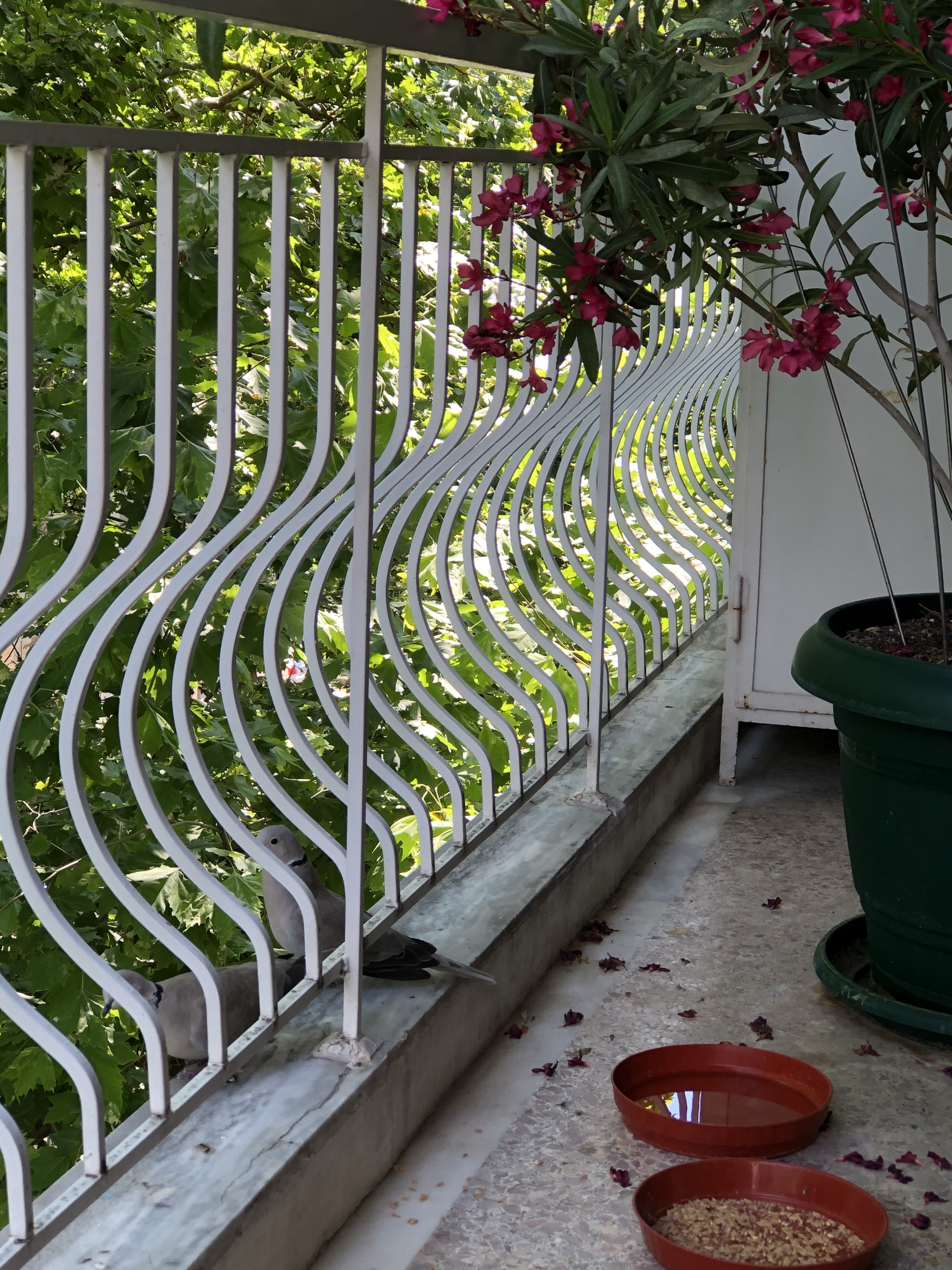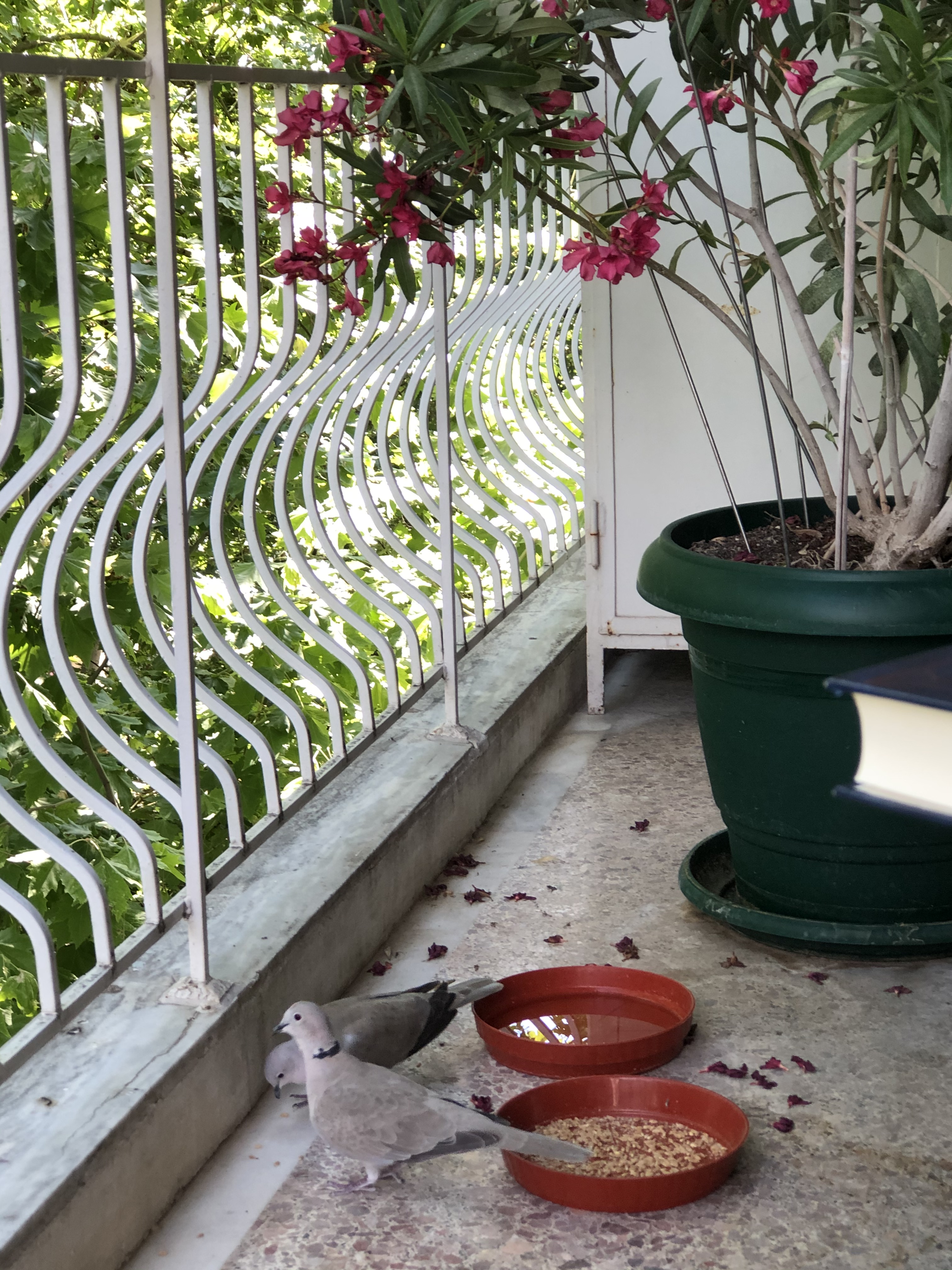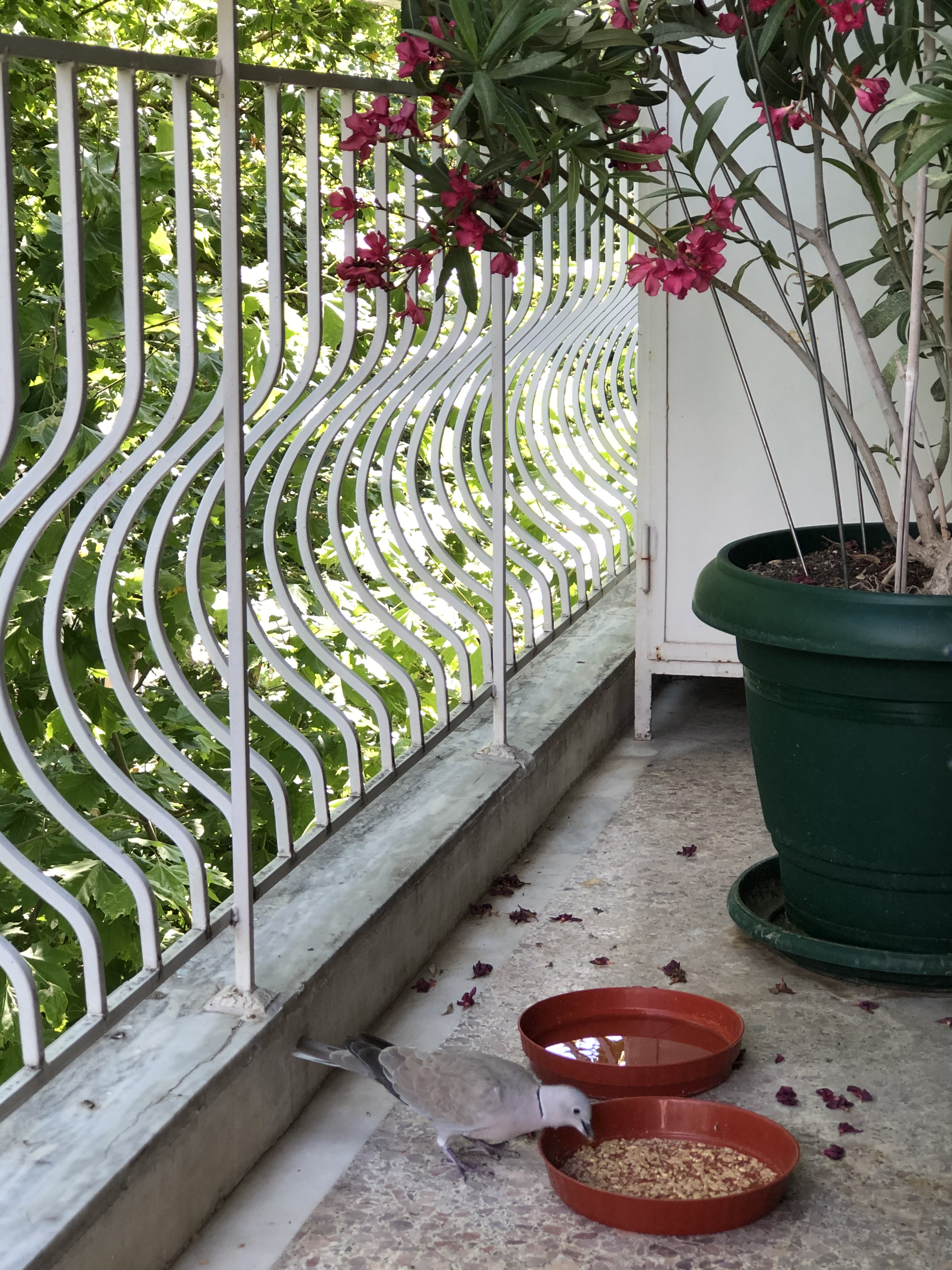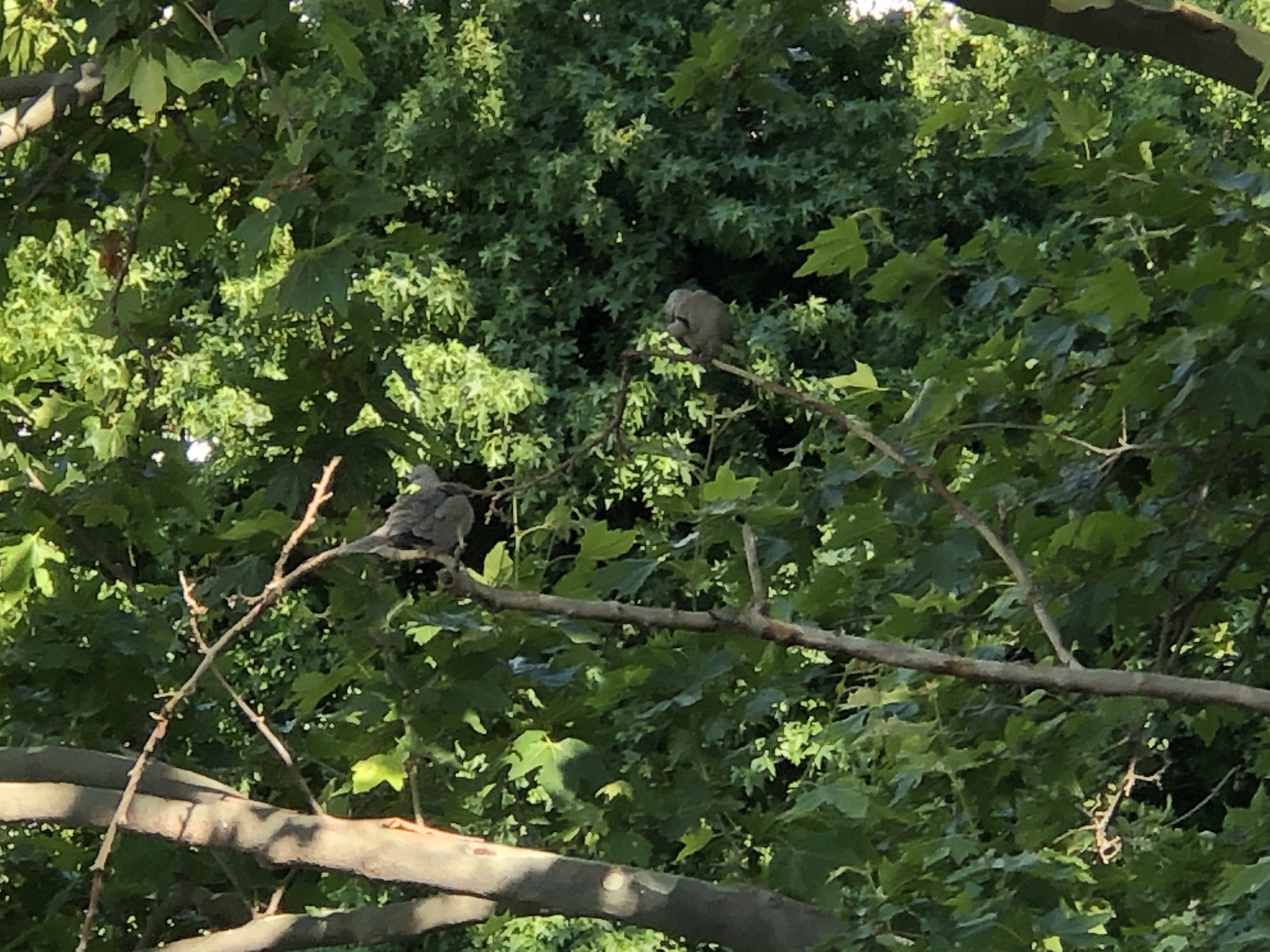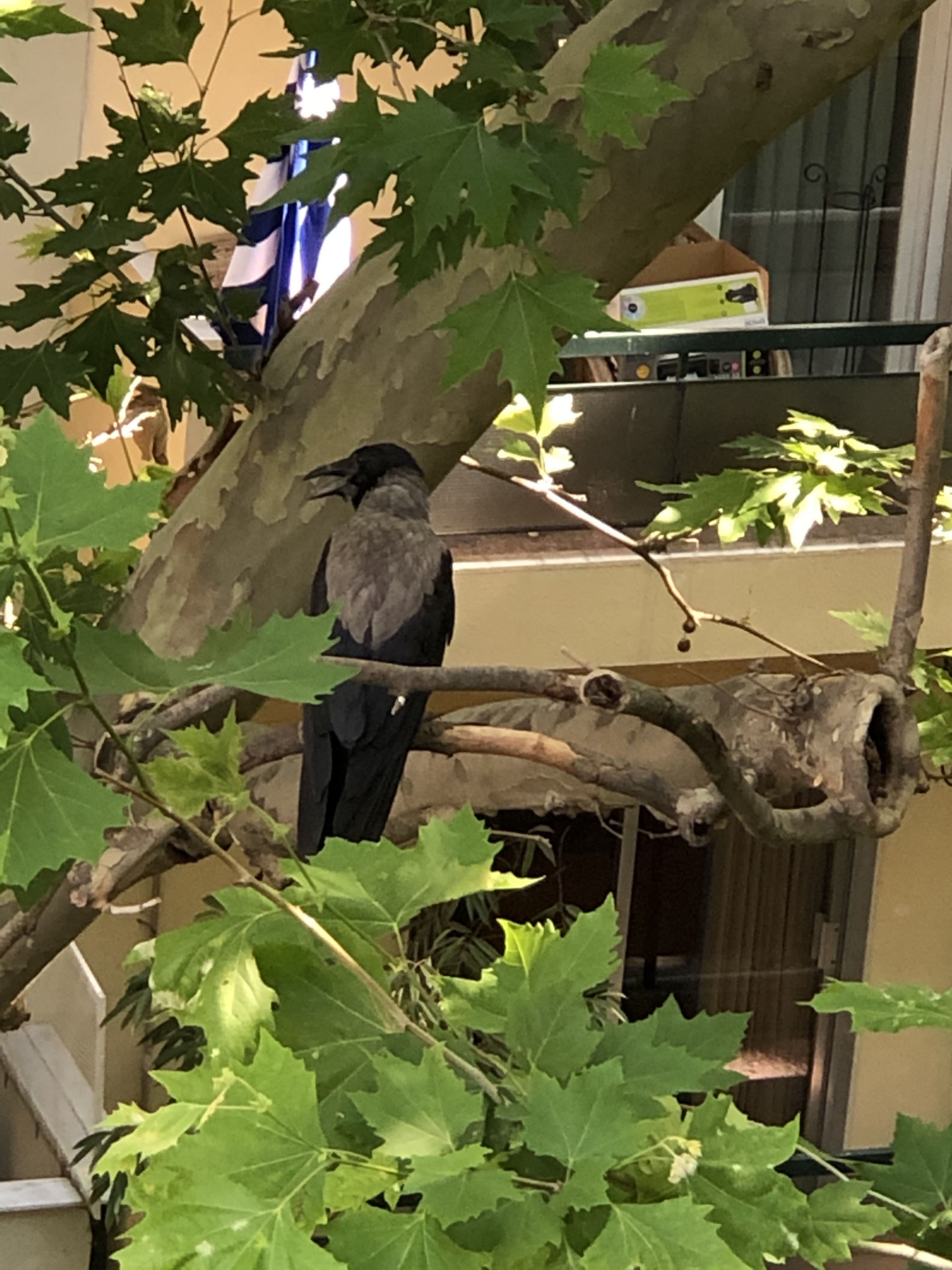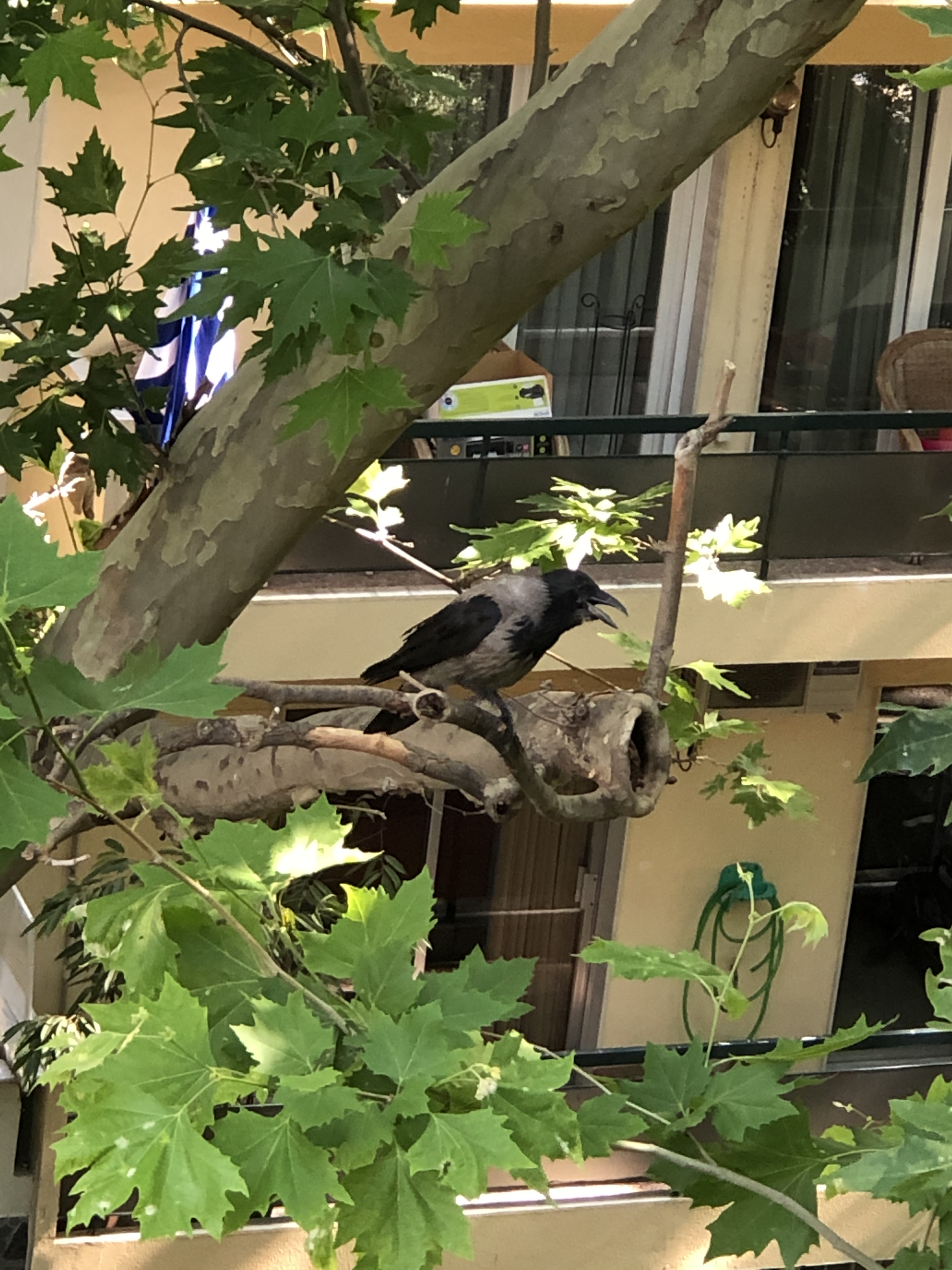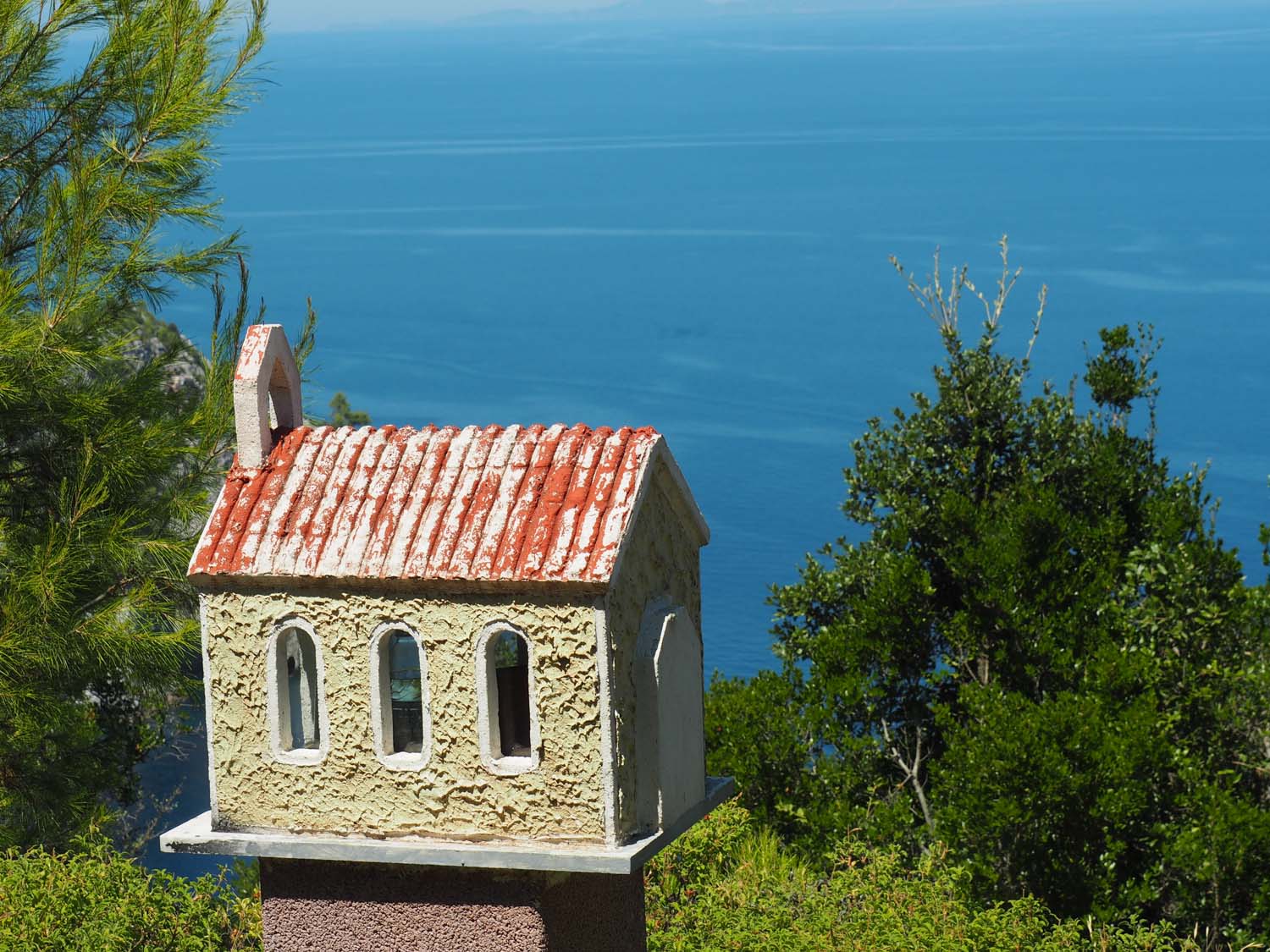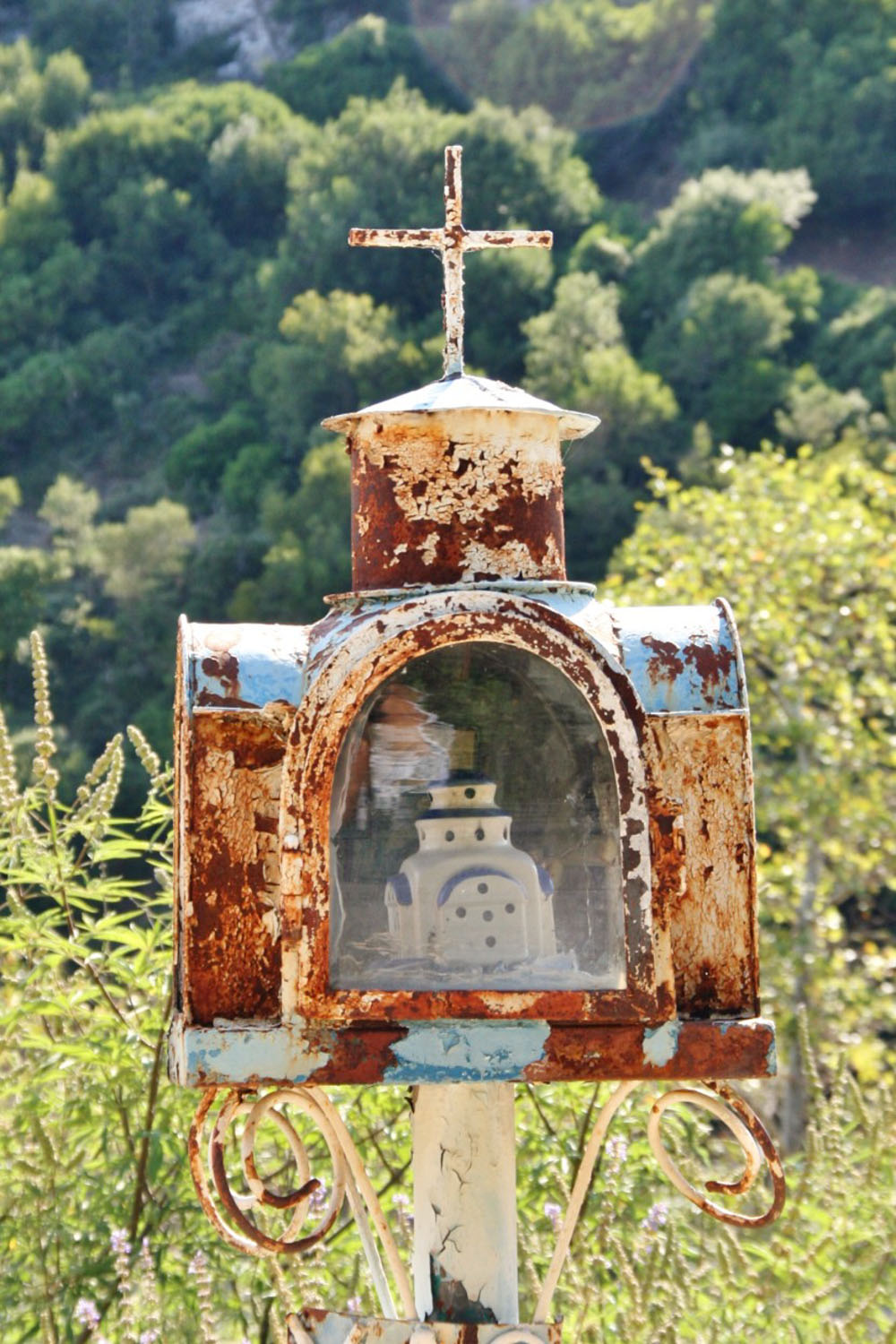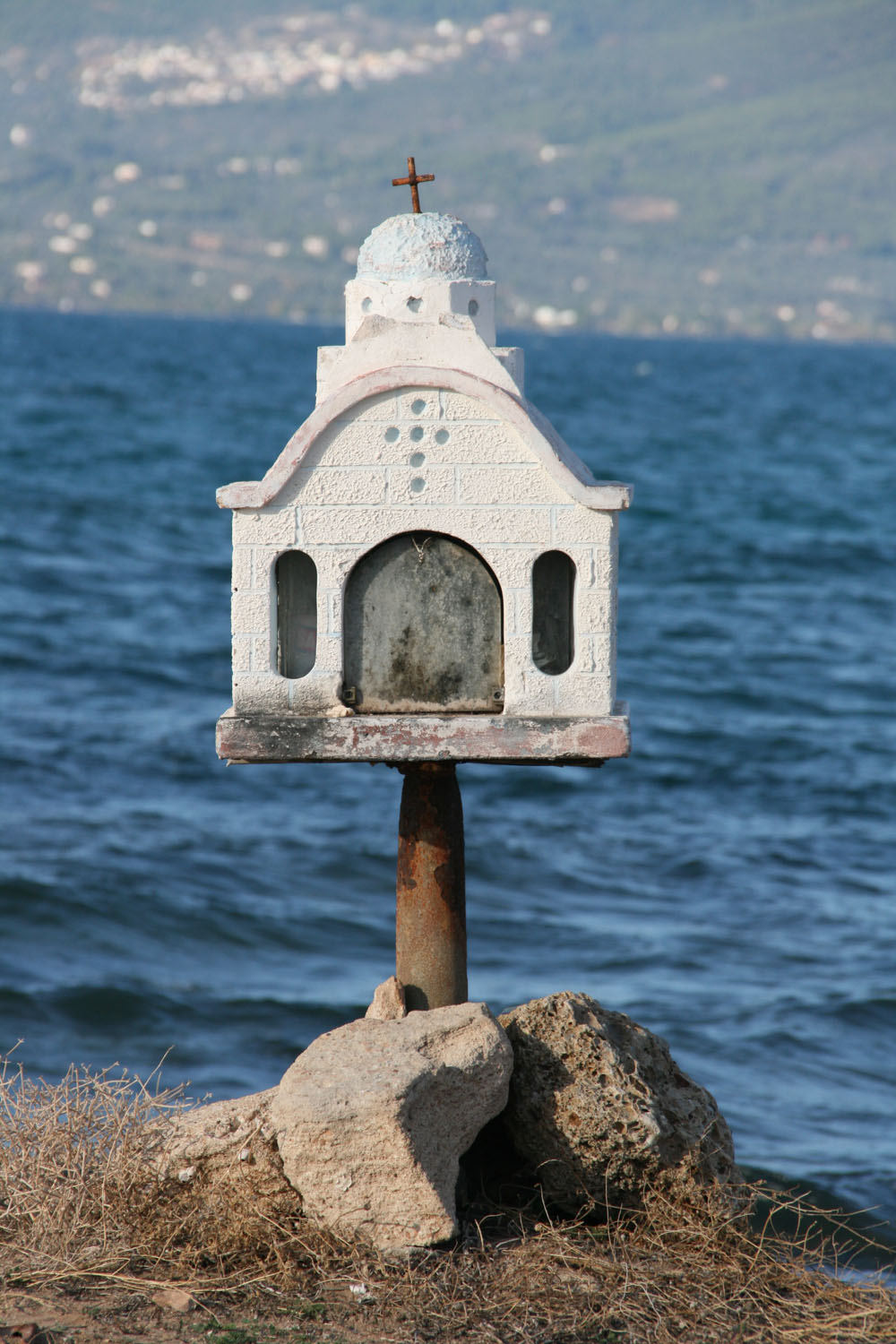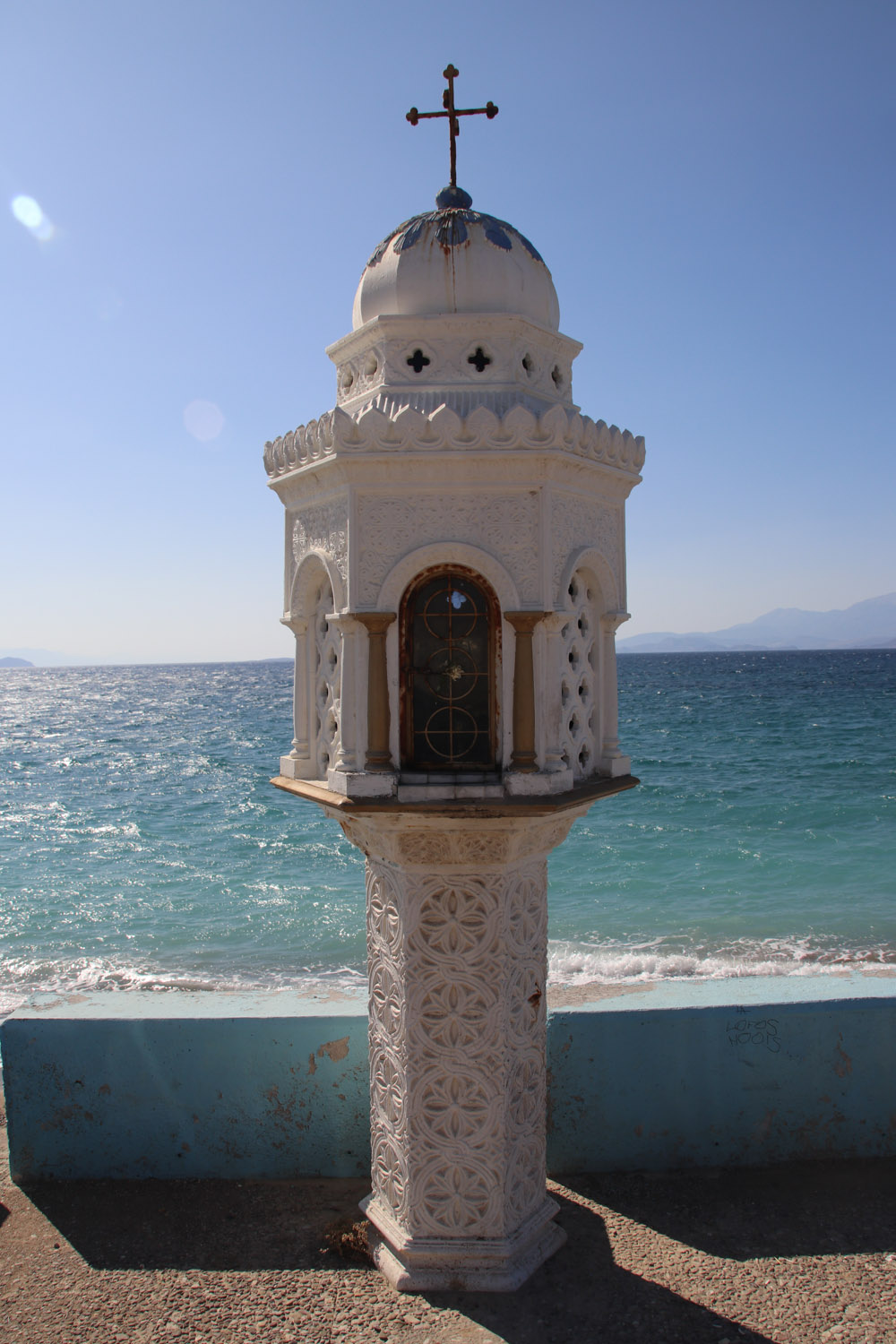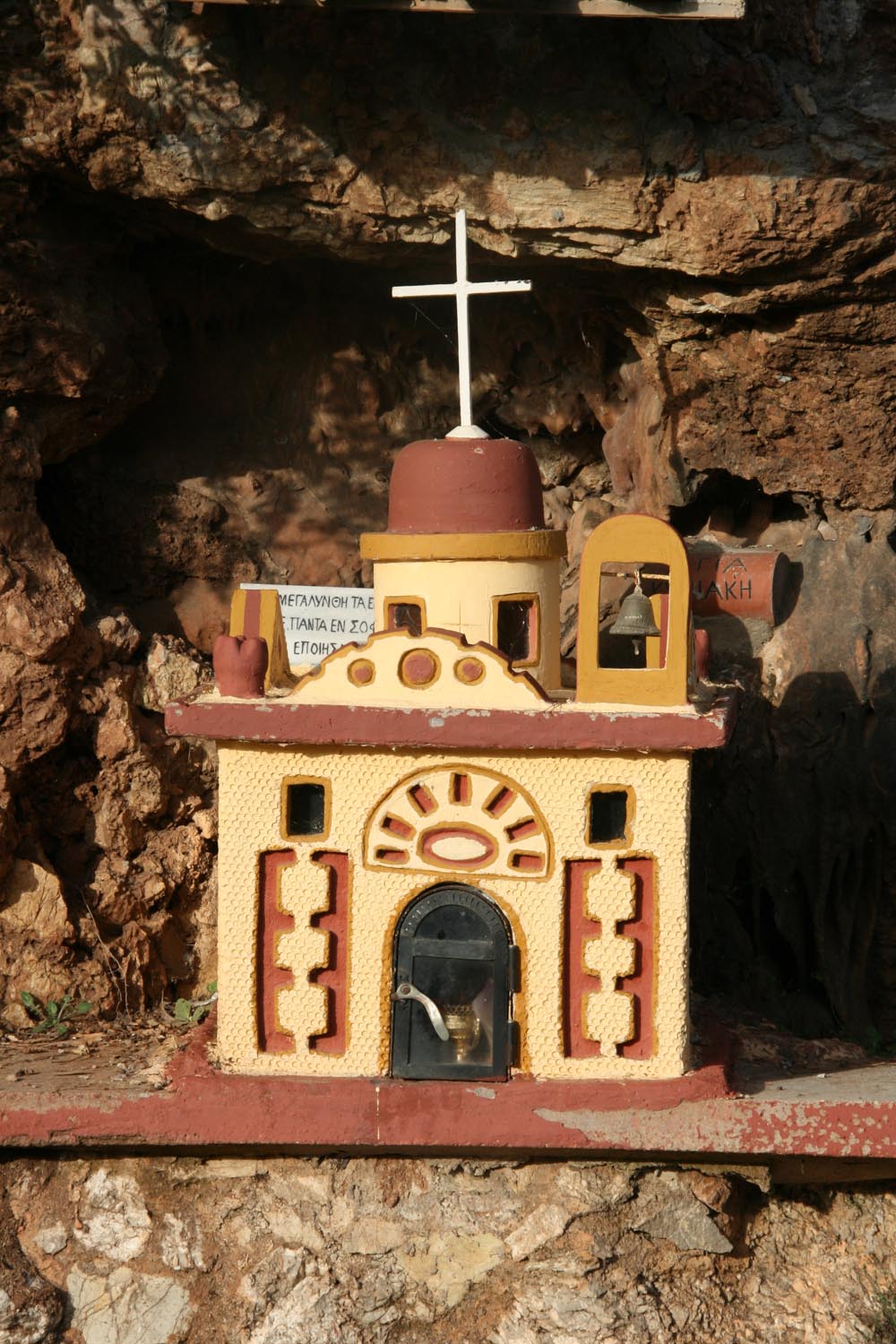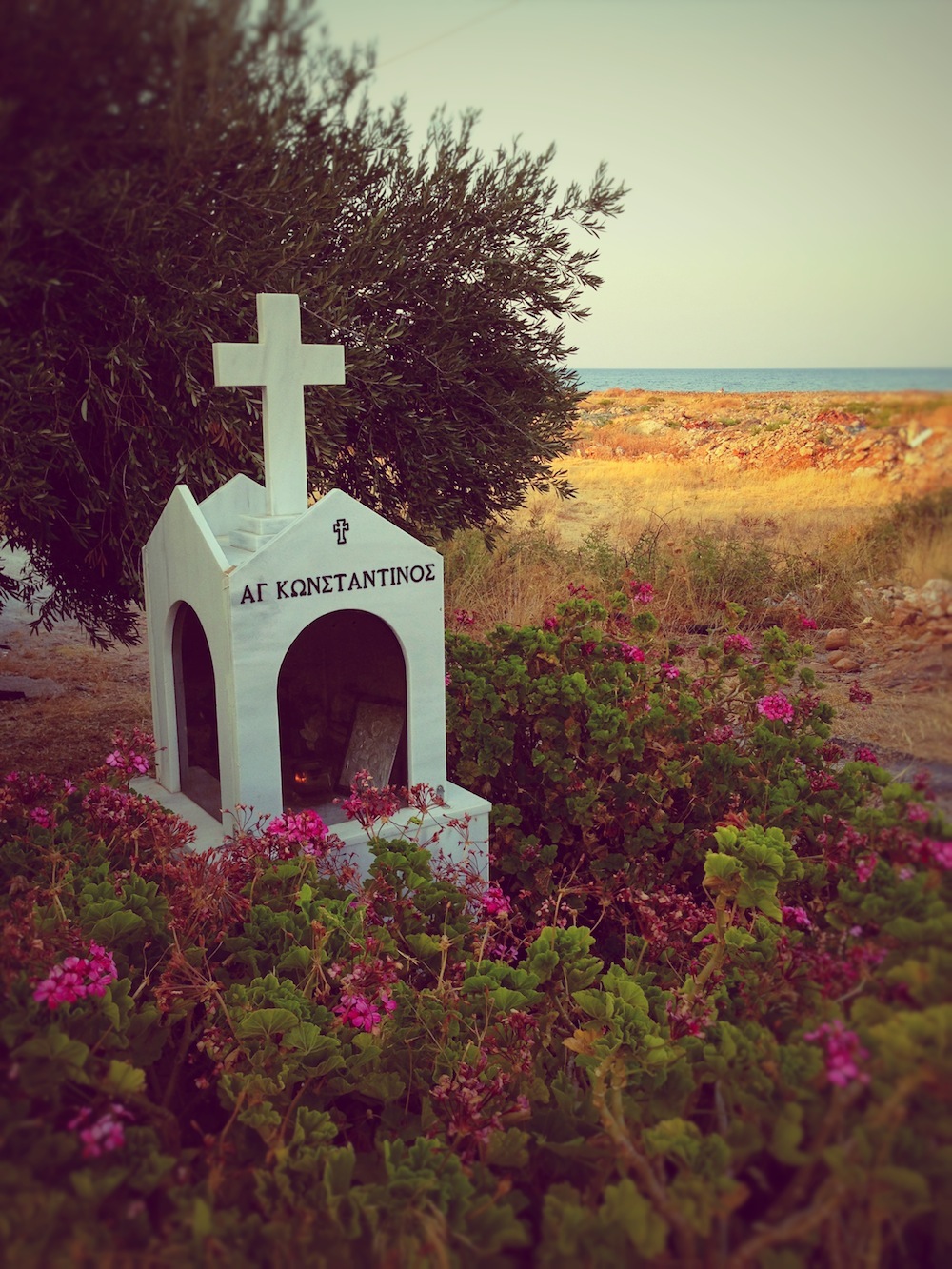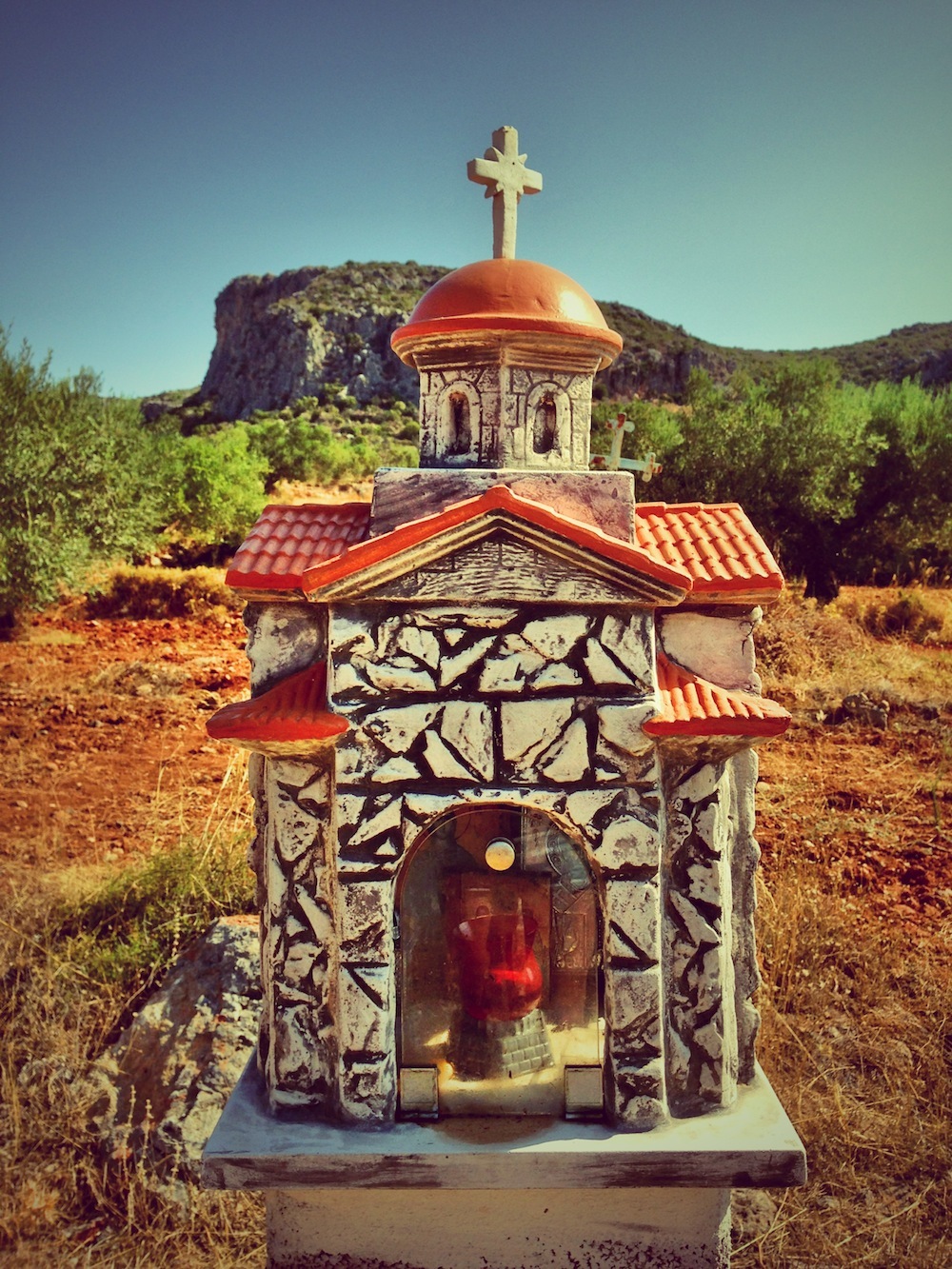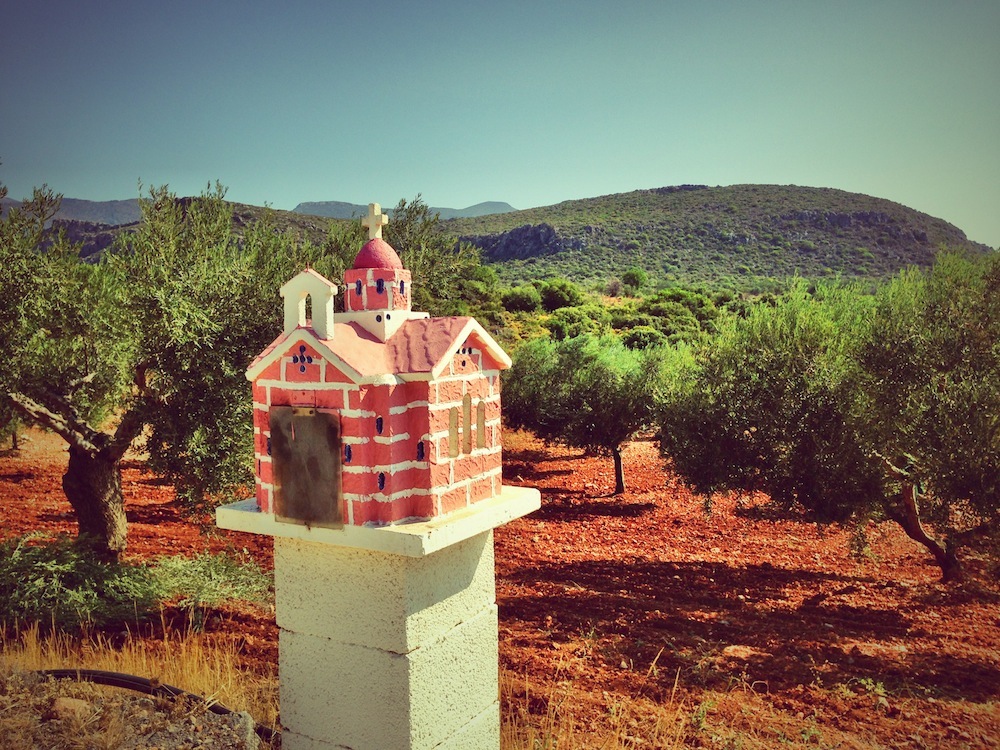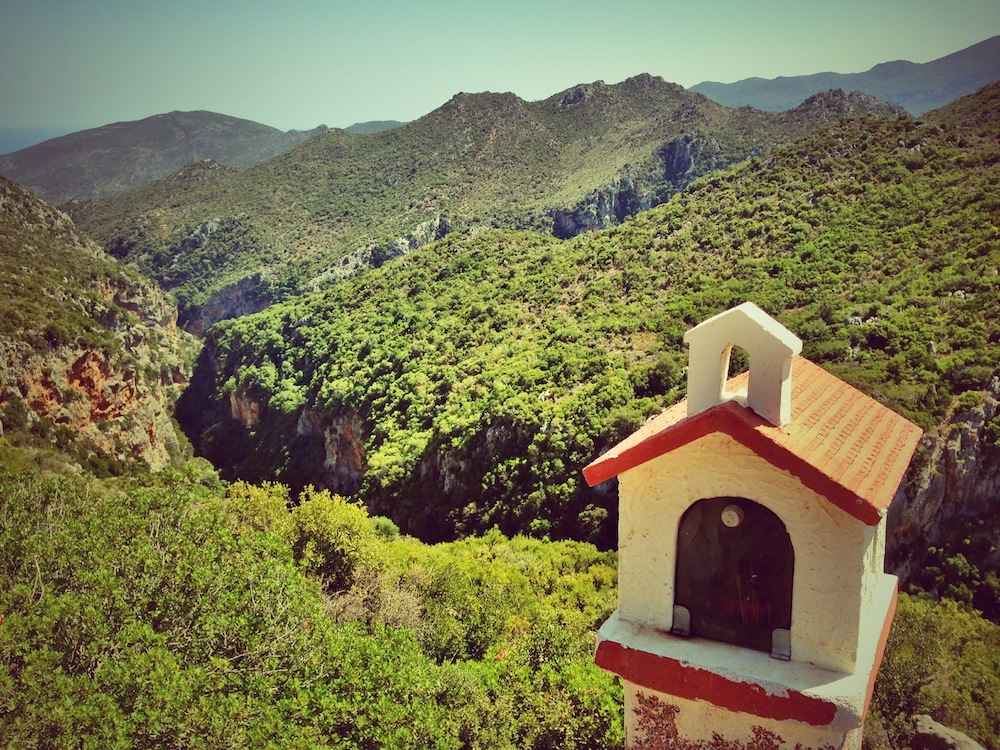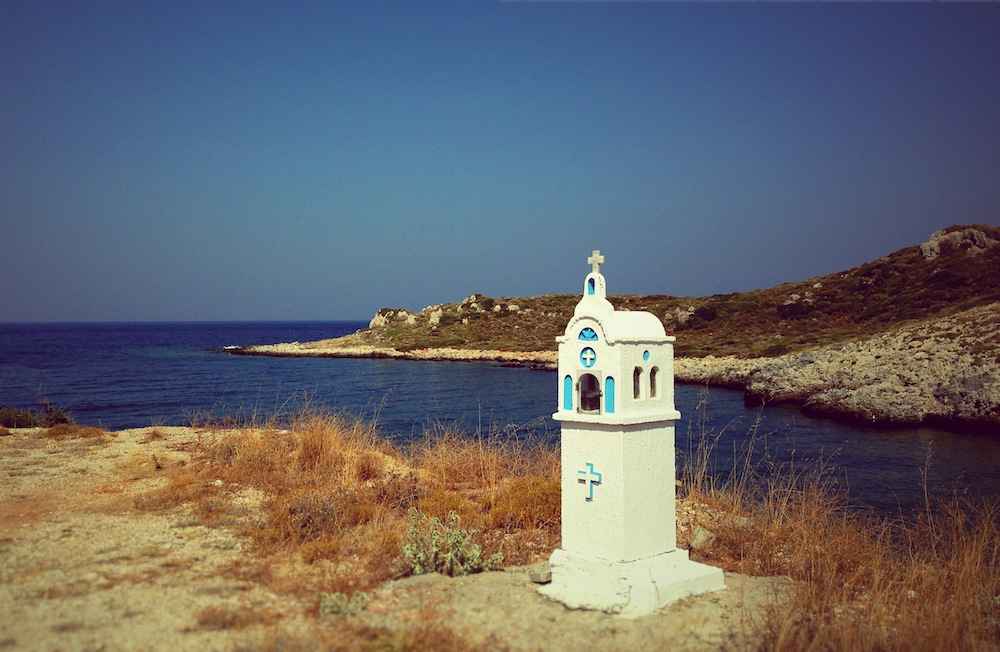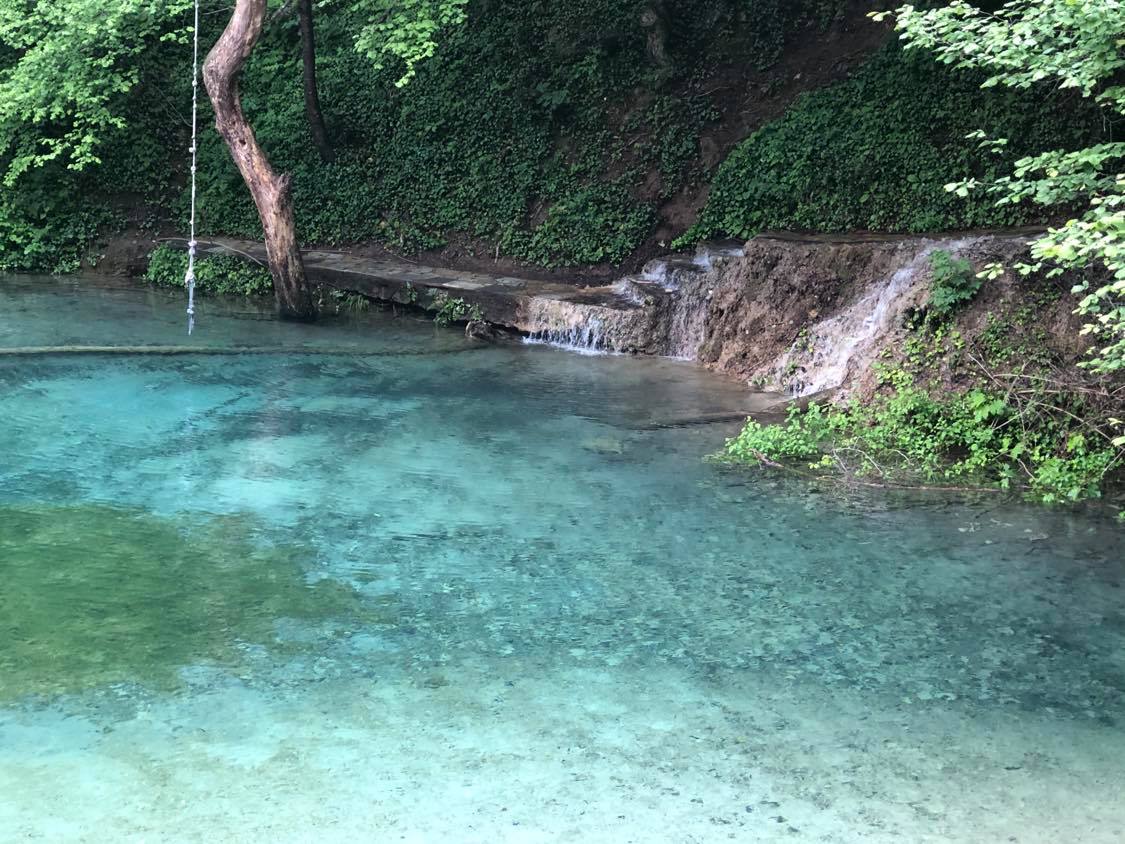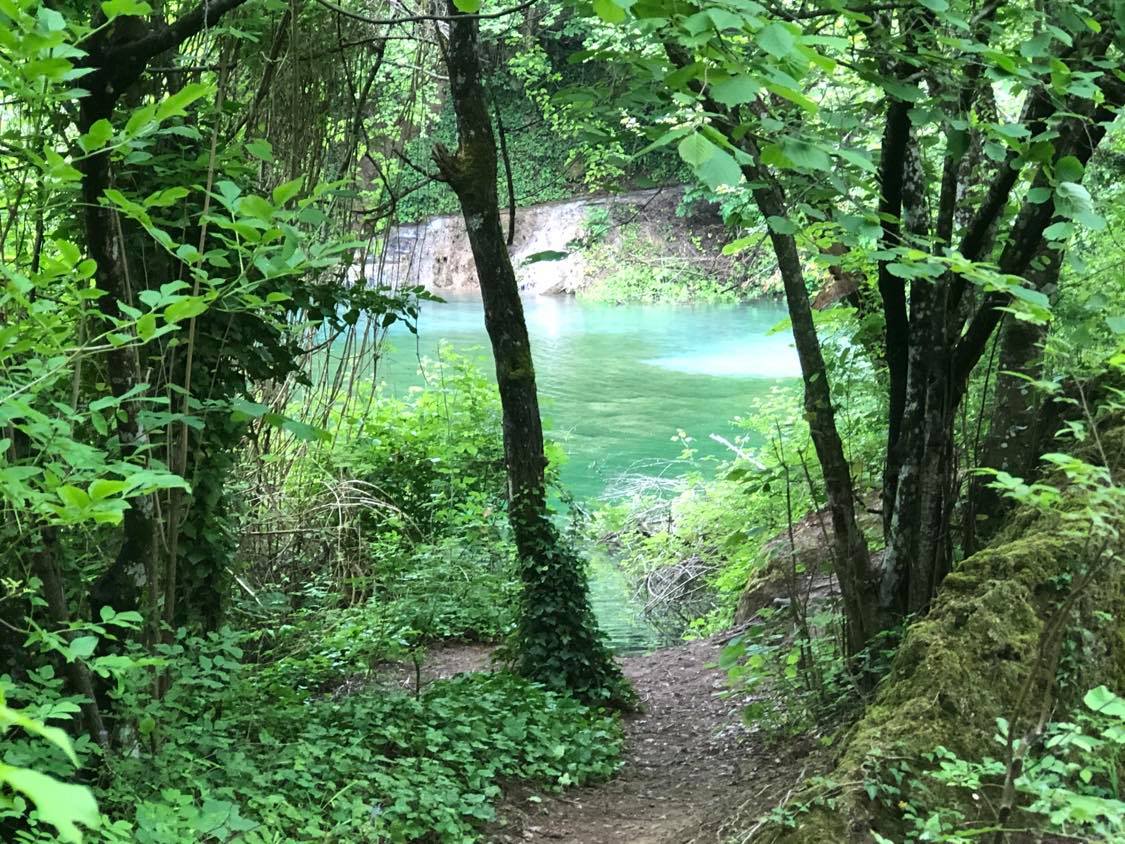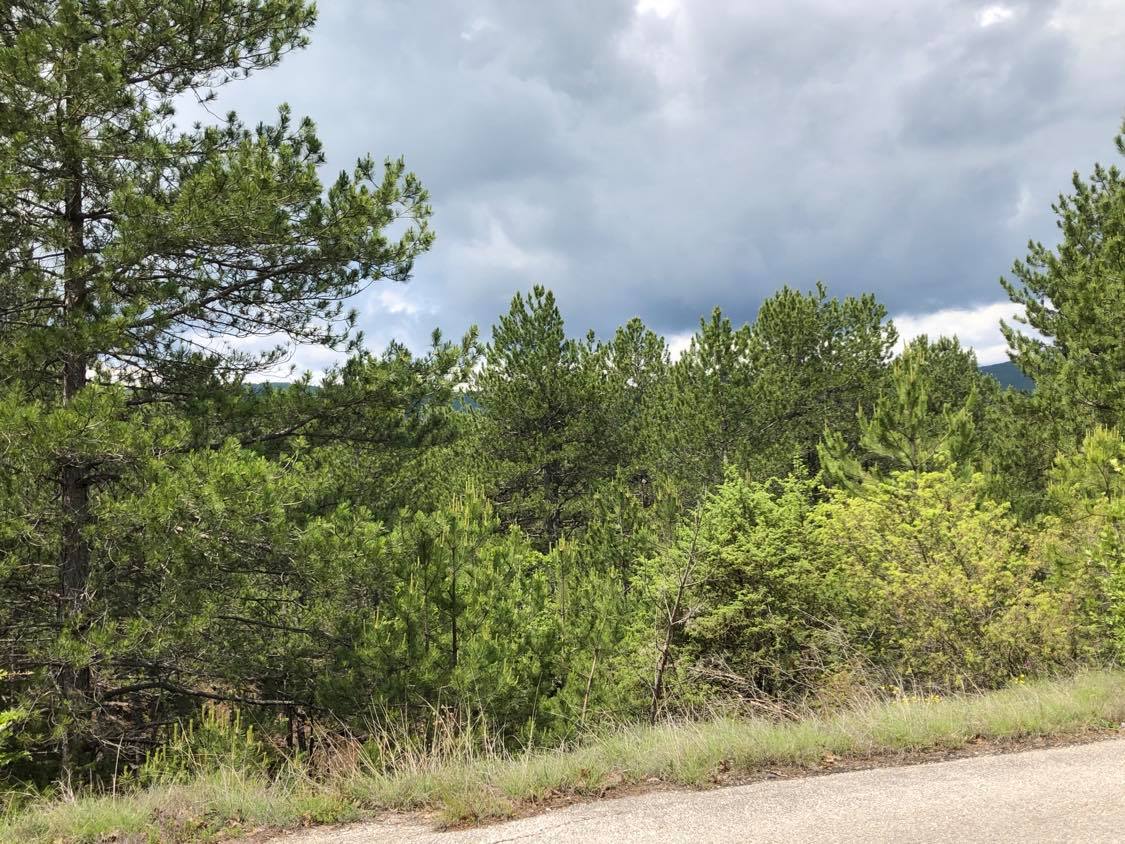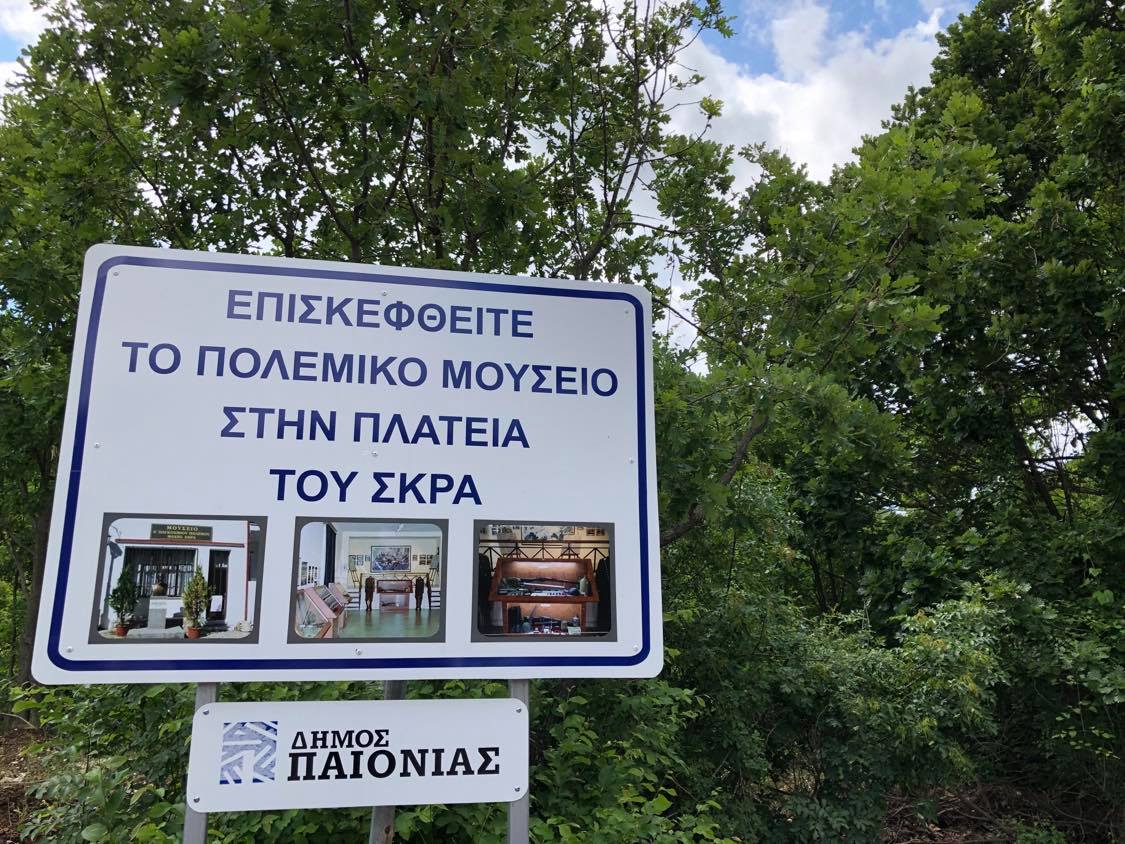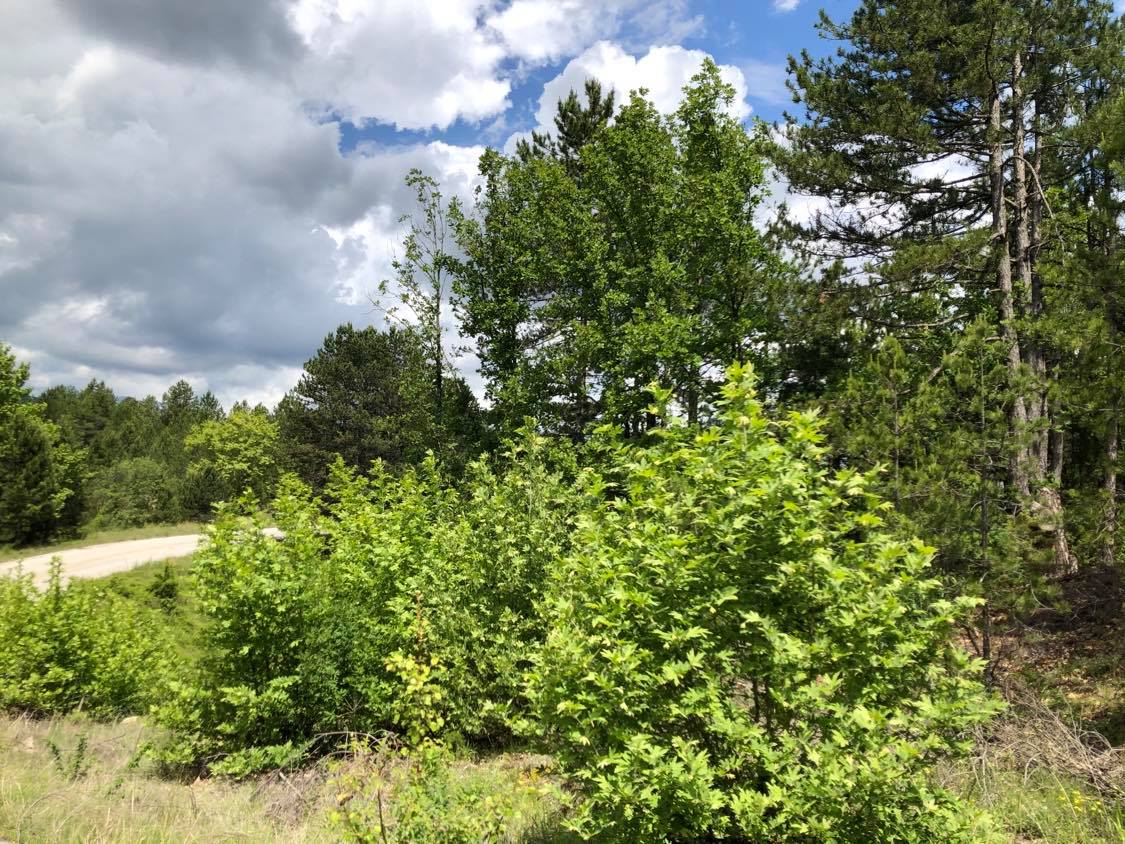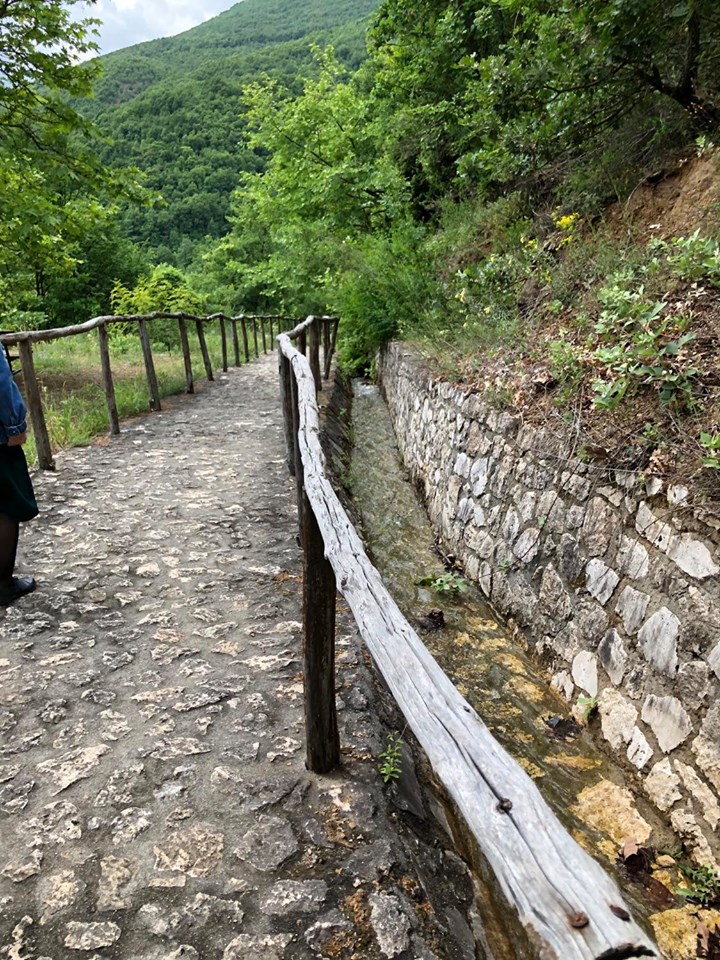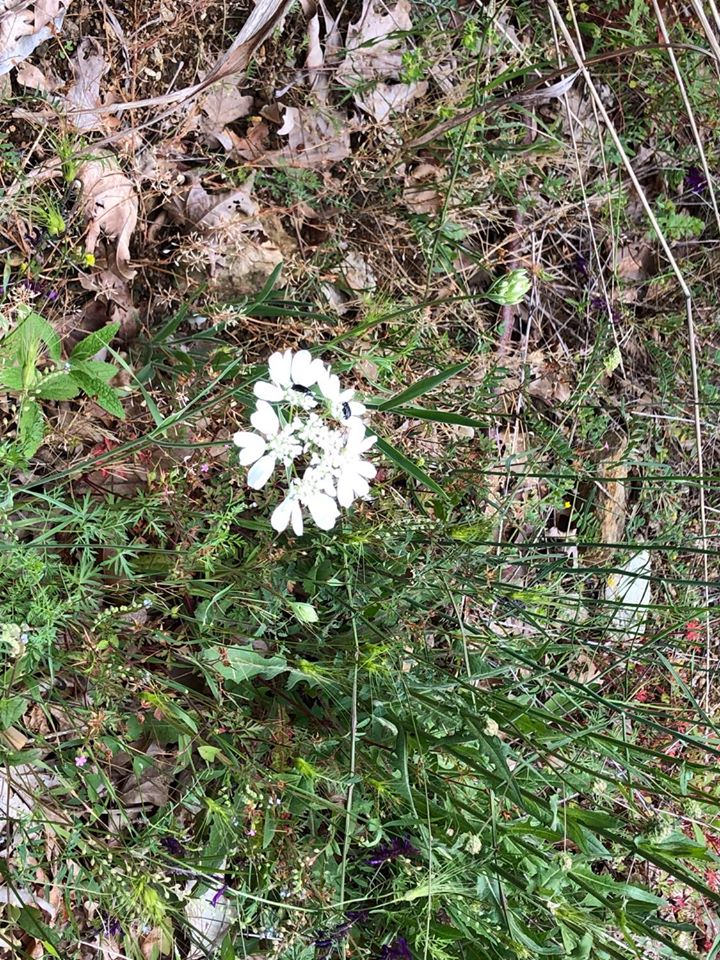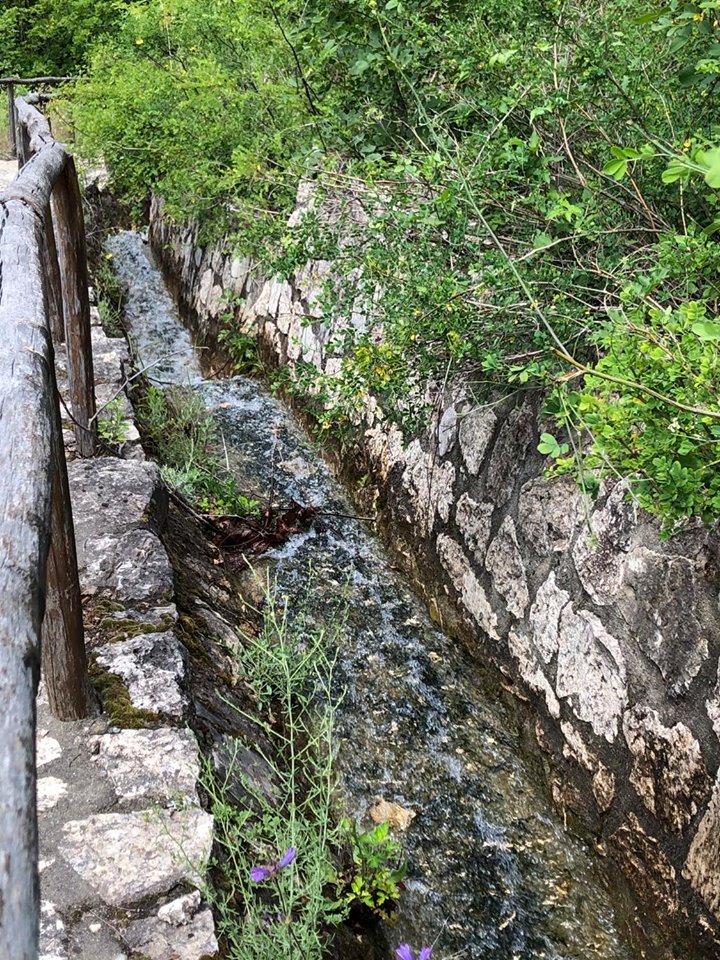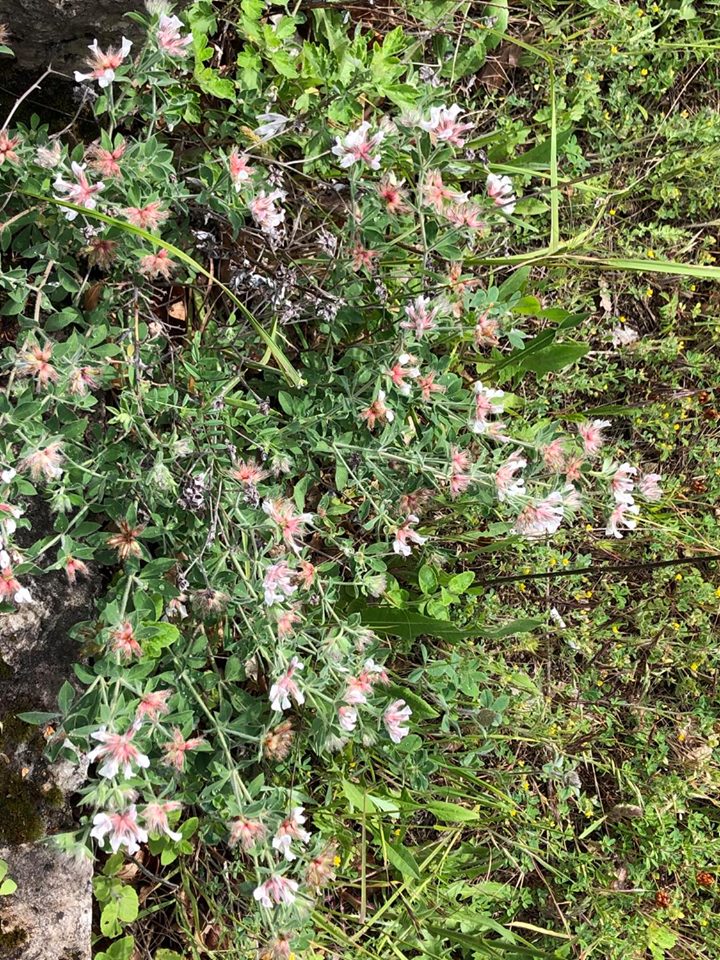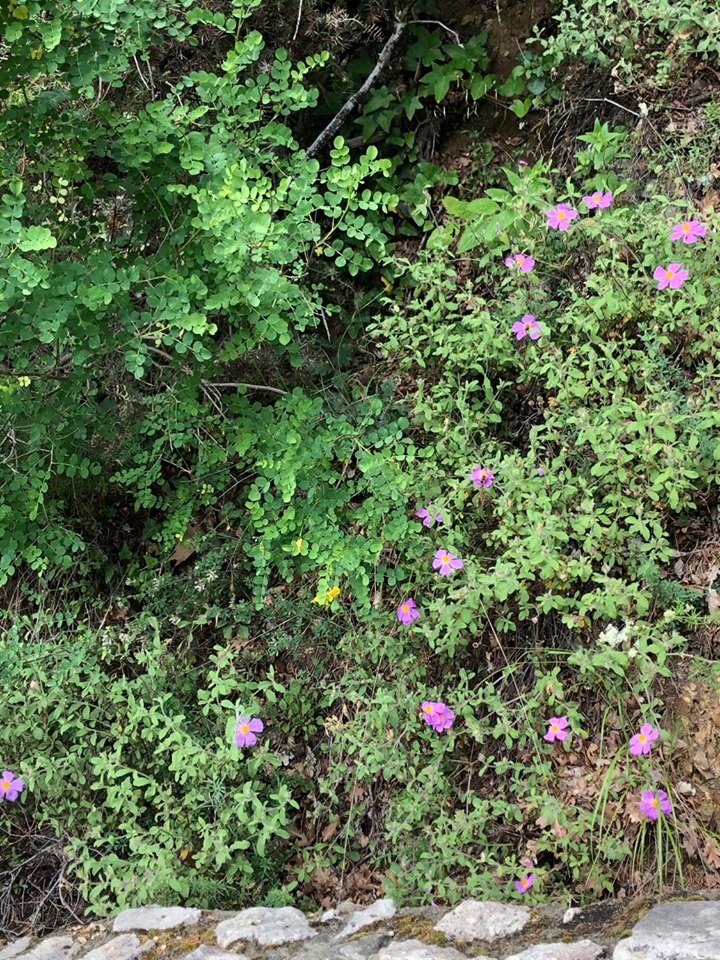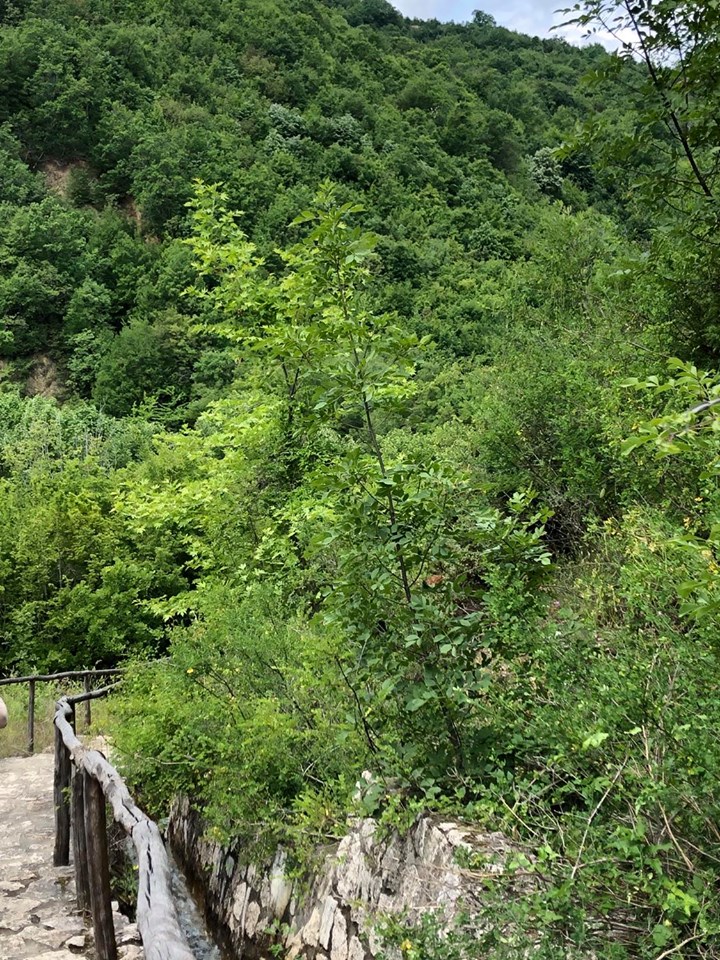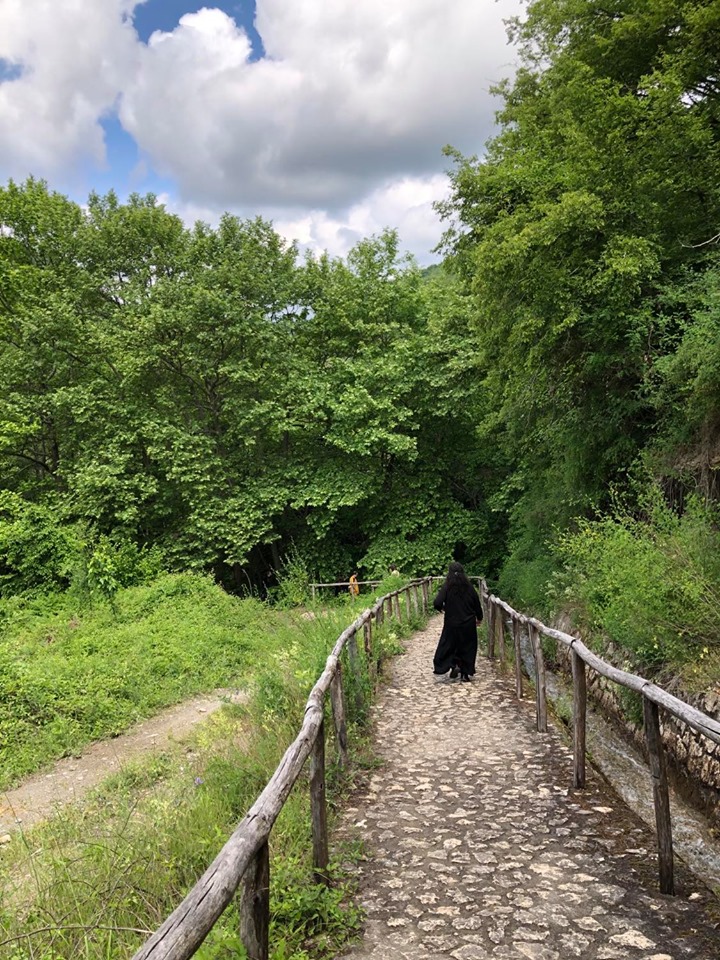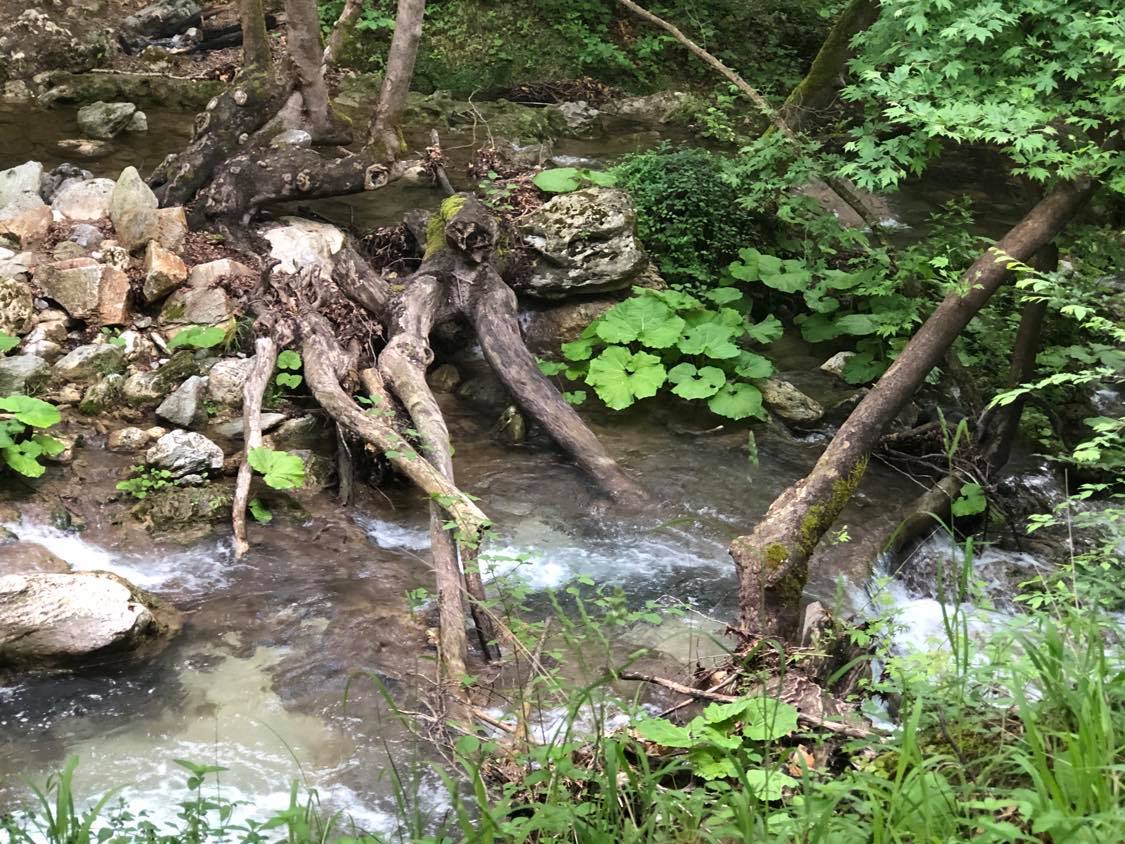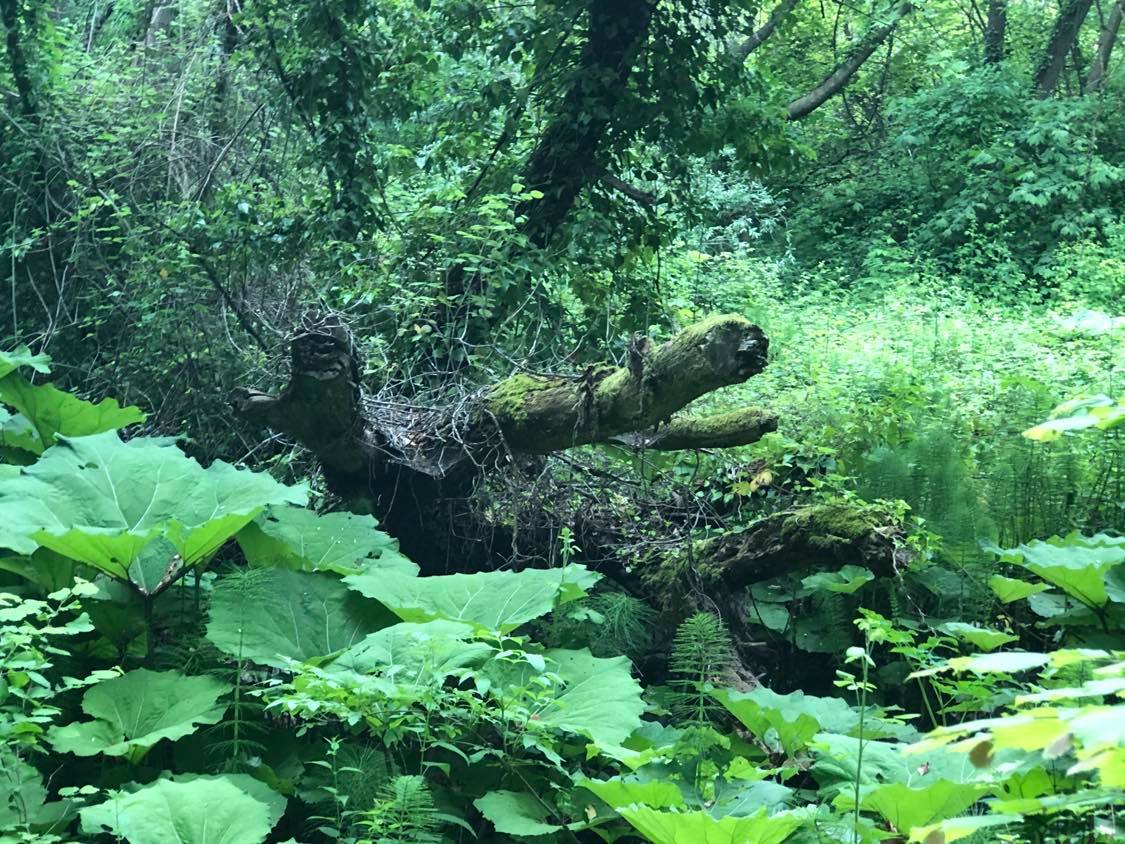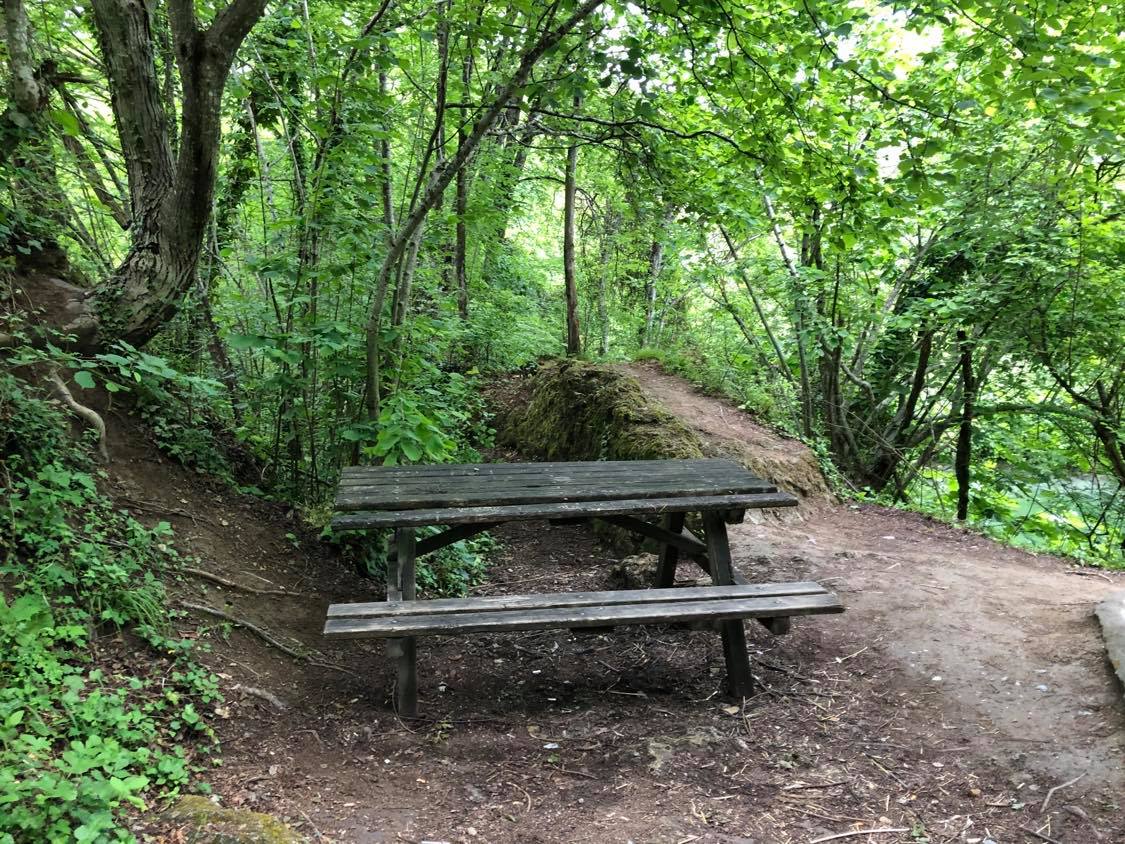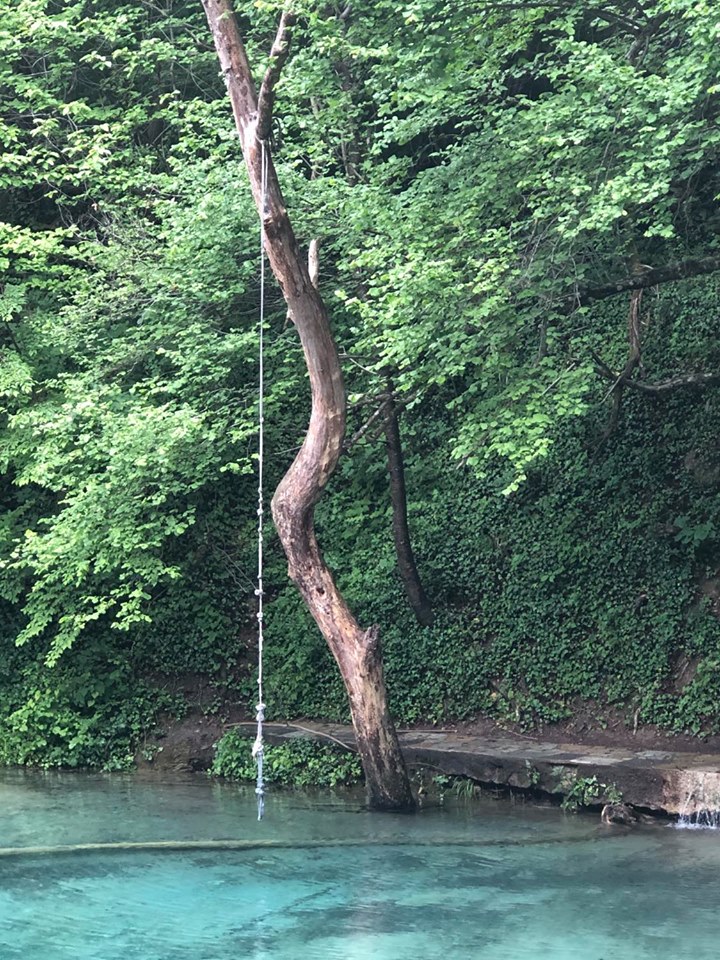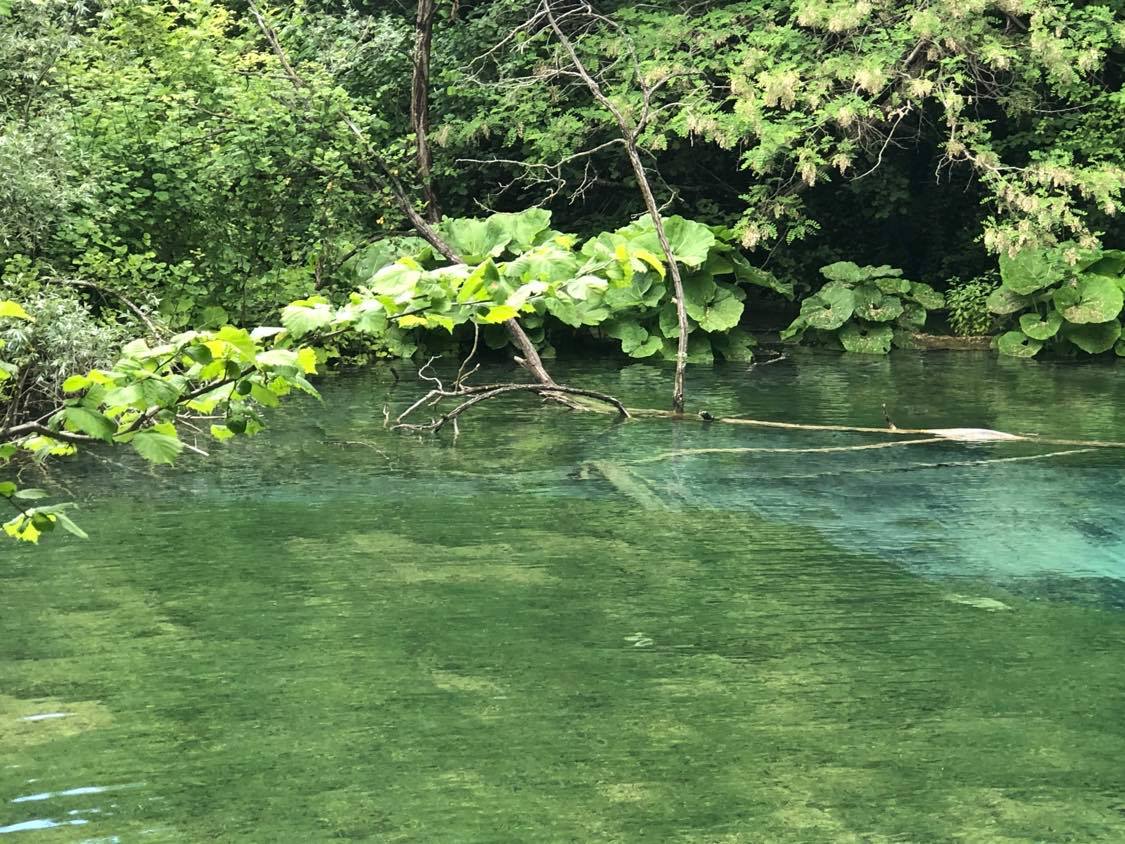
Another blessing of Mount Athos Gregoriou Metohion in Thessaloniki and Father Deacon Nephon and his synodeia.
During this pilgrimage, even before arriving at the monastery, I had the blessing to hear moving Confessions, such as that of:
an old lady, Konstantina, who told me (and truly meant it) how she had wasted all her life, saw only errors and sins behind her, had grown old and had not yet started repenting about all this;
a young student, Eirini, who told me how she was visited by Saint Luke Symferoupol during a scary hospital stay, decided to become a surgeon like him, dedicated her life to the Church and has been together with this Saint at every step of her life since;
a young invalid, Pandelis, and his tragic story: how first his father, and later his mother, abandoned him because they could not bear his disability since birth, the fact that they had to take care of a ‘half’ son (see photo below), and how he now lives all alone, but together with God and with the help of some of the faithful;
a courageous middle-aged widow and artist, Anna, and her martyrdom in taking care of her invalid husband after a car accident;
a brilliant architect, Anastasia, and her cancer martyrdom …
All these stories, together with lots of tears and prayers, were on our way to the monastery, and many more during our visit and on our way back to Thessaloniki. Stories of suffering, yet transfigured into joy, by His Love. After each Confession, especially Pandelis’, I felt even more shame for my own faintheartedness and unmanliness in my struggles and tiny Cross.

This Monastery honours the Dormition of the Theotokos and was founded in the 12th century according to a document in the National Library of Athens. Since then the Monastery has been serving ceaselessly the Holy Liturgy until 1822. During the period of the Greek Revolution, it was one of the most important national and religious centres of the region. It was here that the actions of Chief Karatassos were developed, and it was here, unfortunately, that the Turkish authorities were successful in dealing with them. The Monastery was burned in 1822, and his abbot, Hieromonk Gerasimos, was hung.


The Monastery was reformed in 1995 as a Cenobitic Monastery for Men.



The Katholikon which remains to this day was built in 1844.

In the year 2005, the brotherhood of the Monastery became acquainted with the newly-revealed Saint of the Russian land, St. Luke the Surgeon and Wonderworker, the Bishop of Simferopol. The holy Monastery preserves a portion of the Holy relic of the Saint.



The many miracles and the palpable presence of the Saint in the Monastery and in the surrounding region immediately made the Saint known, and at the initiative of the Metropolitan and through the support of pious Christians, the first large church in honour of St. Luke the Surgeon, at least in Greece, was founded on the grounds of the Holy Monastery. Every Saturday Divine Liturgy is served, and every Tuesday evening Vespers and Paraklesis are served in the Holy Church of the Saint under construction. Each of the faithful has the opportunity to venerate his grace-flowing relics.

In the area of the Monastery also are the ecclesiastical camps and the educational centre of Byzantine Arts (iconography, mosaics, woodworking, and preservation).






Panagia Dobra’s famous Holy Water and one of the many monastery cats swimming in it and sipping it joyfully

Video on the Monastery of Panagia Dobra
































